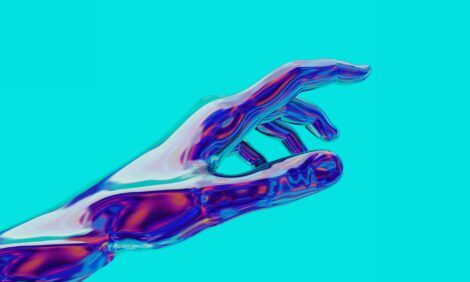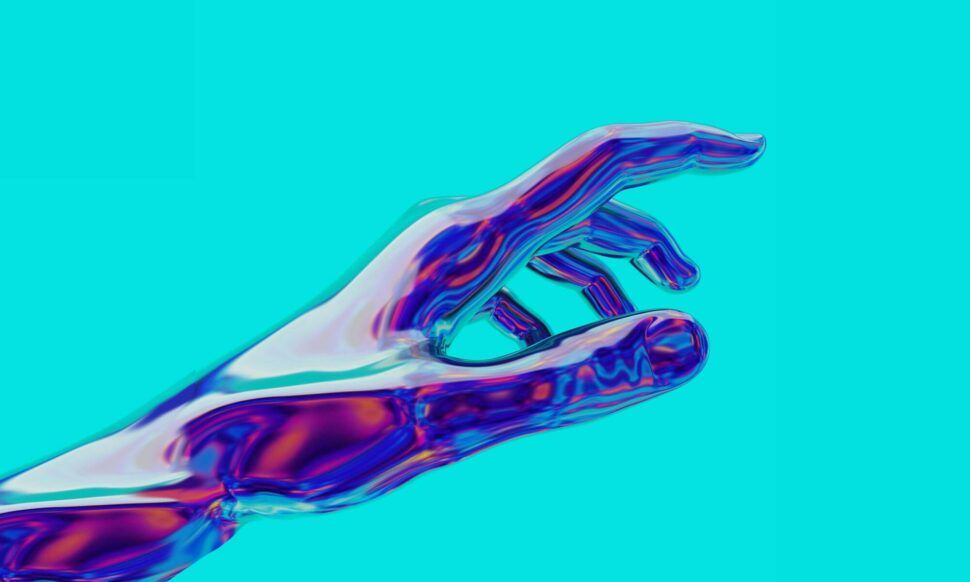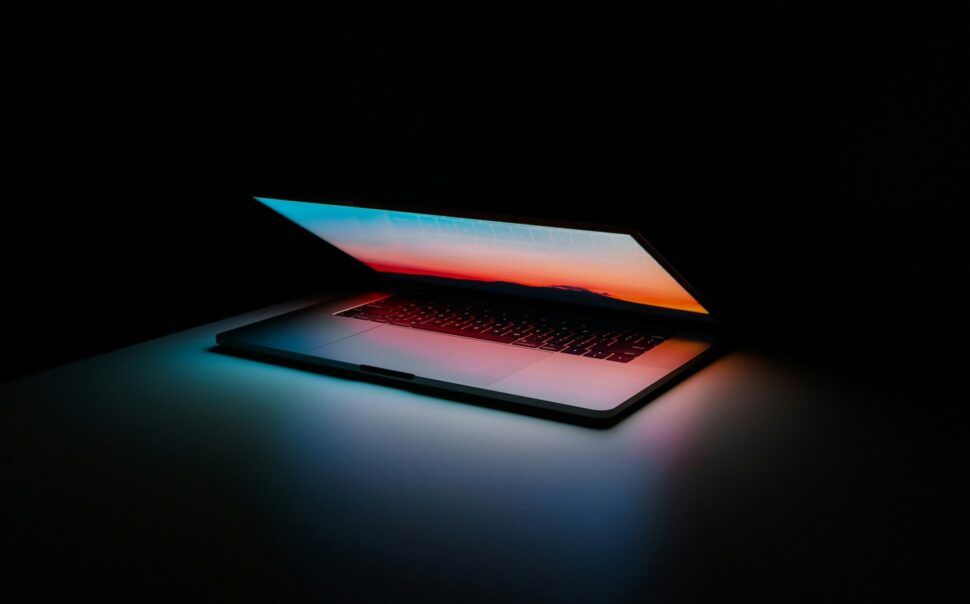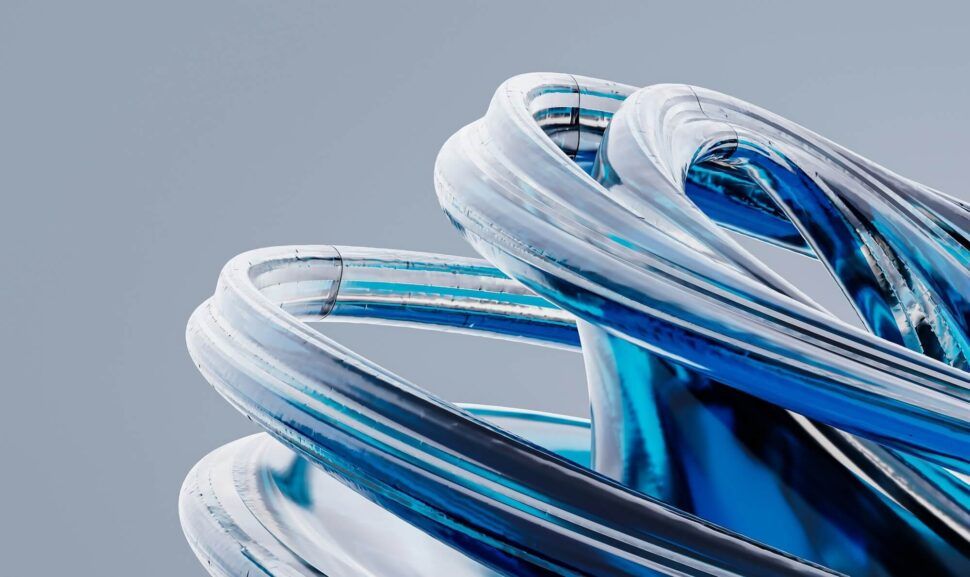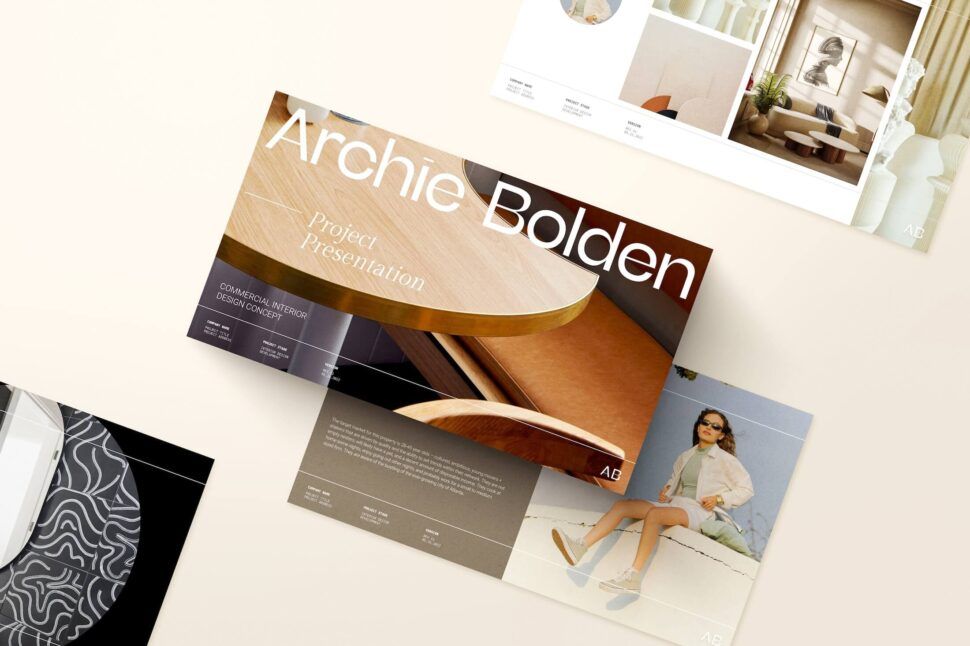January 15, 2025
AI in Design: Innovative Examples Transforming the Industry
- Visual Soldiers
- Design
- minute read
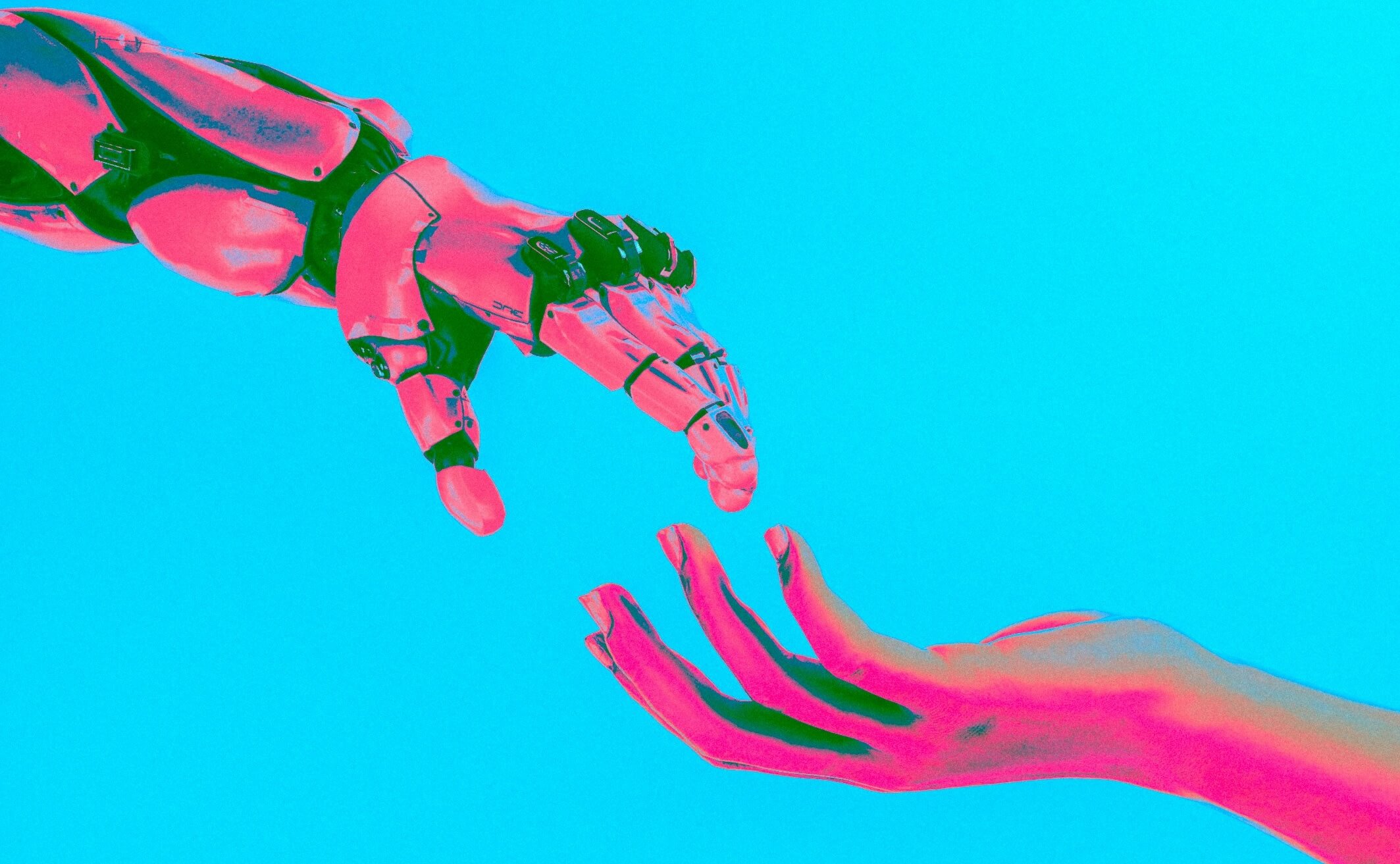
TLDR
AI is revolutionizing the design industry, reshaping creative workflows, and inspiring innovation with advanced algorithms and machine learning. This article explores how AI-driven tools streamline processes, enhance creativity, and influence design methodologies. Key topics include impactful case studies, future trends, and ethical challenges, highlighting AI’s transformative potential and its implications for creativity and originality in design
Introduction to AI in Design
In recent years, the integration of AI in design has initiated a groundbreaking evolution across various sectors. From product development to web design, the capabilities of artificial intelligence are transforming the industry as we know it. By streamlining processes, enhancing creativity, and automating repetitive tasks, AI is becoming an indispensable tool for designers. This article will explore some innovative examples of AI in design that not only push boundaries but also offer practical solutions to common design challenges. As we delve into these advancements, it’s exciting to consider how AI is not just a trend but a fundamental shift in how we think about design challenges and creative processes.
Impact of AI on Creative Processes
As the realm of design evolves, the integration of AI in design: innovative examples transforming the industry keeps making headlines for good reason. Artificial intelligence is no longer just a futuristic concept; it’s becoming a vital component of creative workflows across various sectors. From generating unique graphics to assisting in user experience design, AI is redefining what creativity can look like in the 21st century.
Take, for example, tools that use AI to analyze user behavior and predict design trends. These insights allow designers to create more tailored experiences that resonate with audiences. Similarly, AI algorithms can generate stunning artwork or logos in minutes, showcasing just how powerful technology can be in enhancing creativity. By automating repetitive tasks, designers can focus more on strategic thinking and innovative problem-solving, leading to richer, more dynamic creative processes.
Moreover, the role of AI in collaborative design is also gaining traction. Creativity is often a team effort, and AI can facilitate discussions, provide instant feedback, and even suggest alternative design elements based on the team’s collective contributions. This not only speeds up the design process but also fosters a more inclusive creative environment.
In conclusion, embracing AI in design: innovative examples transforming the industry highlights not just a trend but a significant shift in how we approach creativity. As designers continue to explore the possibilities offered by AI, we can expect more groundbreaking advancements that blend technology with artistry, ultimately paving the way for a more innovative future.
Case Studies: AI-Driven Design Tools
The emergence of AI in design is revolutionizing how designers approach their projects, making processes faster and more efficient. One standout example demonstrating the profound impact of AI in design is Adobe’s Sensei. This innovative platform leverages machine learning to enhance Adobe’s suite of creative tools, allowing users to automate repetitive tasks like tagging and photo editing. Not only does this save designers countless hours, but it also inspires creativity by empowering them to focus on more strategic aspects of their work. Another exciting case is Canva, which recently integrated an AI-based design assistant that helps users create visually stunning graphics in minutes. This combination of user-friendly design tools and powerful AI capabilities exemplifies how AI in design is ushering in a new era of creativity and productivity. As we explore more examples, such as the use of generative design by Autodesk, it’s clear that AI-driven design tools are not just trends; they are changing the landscape of the design industry as a whole.
Future Trends in AI Design Innovations
As we look ahead, the interplay of AI in design is set to redefine industry standards. AI in design is facilitating cutting-edge innovations, showcasing examples that transform the way we approach creativity and problem-solving. One of the most notable trends is the emergence of generative design, where algorithms can analyze design requirements and produce a multitude of options far beyond human capability. Brands are harnessing this to optimize product designs for functionality and aesthetics, pushing the boundaries of traditional design processes. Additionally, AI-driven tools are enhancing user experience through personalization, allowing for adaptive designs that respond to users’ needs in real-time. From automating mundane tasks to predicting trends, the innovative use of AI in design is not just a luxury but a necessity for staying relevant in a fast-paced market. As we continue to explore these advances, it’s essential for designers to embrace these technologies to stay ahead in the game.
Challenges and Ethical Considerations in AI Design
As we explore the innovative examples of AI in design, it’s essential to understand the challenges and ethical considerations that accompany this rapidly evolving technology. One of the primary concerns is the potential for bias in AI algorithms, which can inadvertently perpetuate stereotypes or create unequal representation in design outputs. This puts pressure on designers and businesses to ensure they are using AI responsibly, taking proactive steps to eliminate biases and develop inclusive designs that cater to diverse audiences. Another challenge lies in the transparency of AI processes; end-users often struggle to grasp how AI tools generate their outputs. Designers must navigate this complexity by providing clear explanations and fostering trust in AI systems. As AI in design continues to transform the industry, addressing these challenges is crucial in shaping a future where innovative technologies coexist with ethical practices.
